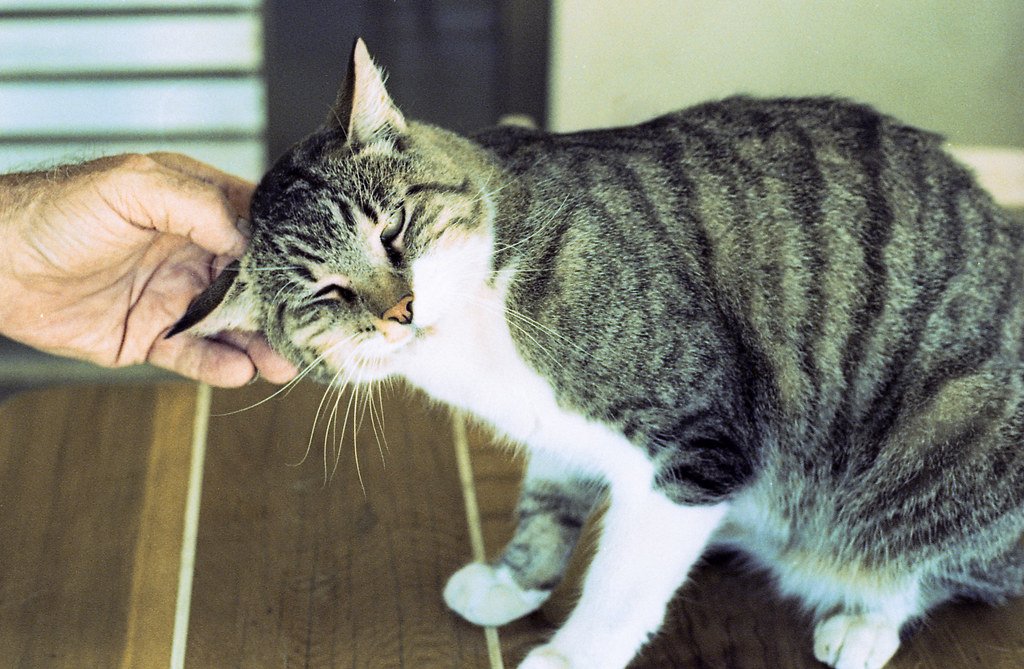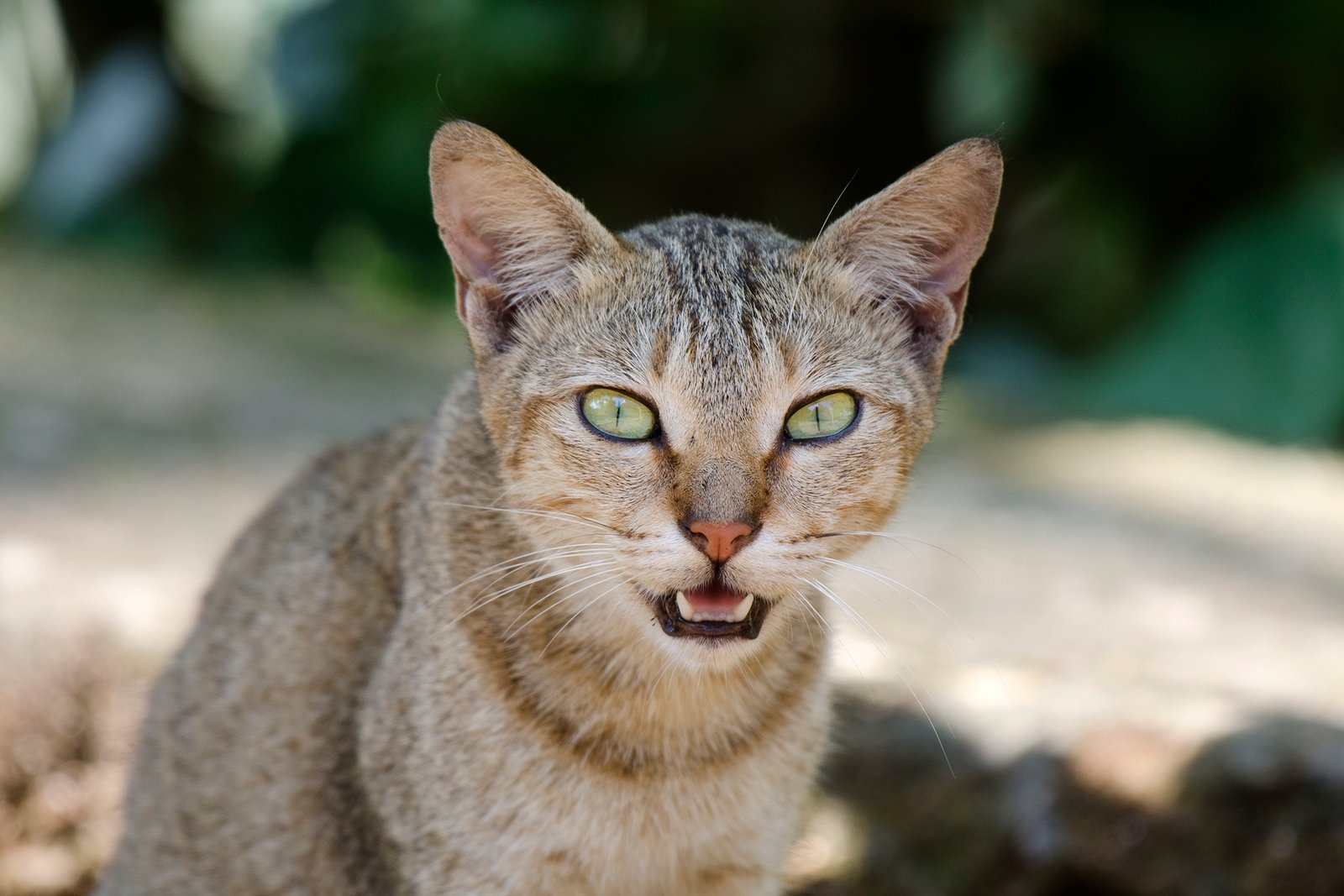Ever wondered if your cat really loves you—or just loves the hand that feeds them? Science says it’s more than just snack-based loyalty. While cats may not show affection like dogs, studies in feline neuroscience reveal that they experience emotions and form bonds with their humans in surprisingly complex ways. Brain scans show that cats produce oxytocin—the same “love hormone” humans and dogs do—when interacting with people they trust. Their slow blinks, gentle headbutts, and tail curls are more than cute quirks—they’re subtle but powerful signs of attachment. So yes, your cat’s love may be quieter, but it’s absolutely real. You just have to learn their unique love language.
Why Do We Wonder If Cats Love Us?
Have you ever gazed into your cat’s eyes and wondered if there’s a spark of love behind that inscrutable stare? Many cat owners do. The question tugs at our hearts because cats often act mysterious, sometimes aloof, and then out of nowhere—downright cuddly. Unlike dogs, who wag their tails and leap into our arms, cats are more reserved, leaving us guessing about their feelings. This unpredictability creates a sense of wonder and sometimes even frustration among cat lovers.
Our curiosity about their affection has deep roots in our desire to connect, to be seen and valued, even by our pets. So, when your cat chooses your lap over the empty couch, it feels like winning a tiny, silent lottery. But is there real emotion behind the purrs and headbutts, or are we just projecting our own hopes onto them? The answer lies in a fascinating world of feline neuroscience.
The Cat Brain: More Than Meets the Eye
Peering inside the feline brain reveals a surprisingly complex landscape, not so different from our own in some ways. Cats have a limbic system, the emotional engine of the brain, just like humans do. This system includes structures like the amygdala and hippocampus, which handle emotions and memory. While a cat’s brain is about the size of a walnut, the architecture is packed with billions of neurons busily firing every second.
Studies show that cats use similar brain pathways as humans when experiencing pleasure and social connection. This means when your cat is kneading your lap or giving you a slow blink, there’s a real neurological response happening beneath that fluffy exterior. The similarities are enough to suggest that cats are wired for real emotional depth, even if they express it in their own unique way.
Oxytocin: The Chemistry of Feline Affection
Oxytocin, often dubbed the “love hormone,” plays a massive role in human bonding. Surprisingly, cats produce oxytocin too, especially during positive social interactions with their owners. Researchers have measured oxytocin levels in cats before and after affectionate exchanges, like petting or gentle talking. The results are remarkable: cats show spikes in oxytocin that mirror those in humans and even dogs.
This hormone not only fosters trust and closeness but also helps reduce anxiety and stress. It’s a chemical bridge between you and your cat, strengthening your bond with every shared moment. When your cat purrs contentedly in your presence, it’s not just a happy accident—there’s a real, biological foundation for that cozy connection.
Body Language: The Cat’s Silent Love Letter

Cats are masters of silent communication, often saying more with a twitch of the tail or a gentle headbutt than with any sound. When your cat rubs against your leg or curls up beside you, these aren’t just random acts—they’re genuine gestures of trust and affection. The slow blink, sometimes called a “cat kiss,” is a classic sign of love and comfort.
Even the act of exposing their belly, a vulnerable spot, is a powerful testament to their trust in you. While you might not always catch these subtle cues, paying attention to your cat’s body language reveals just how much they value your relationship. It’s like learning a new language—one that’s rich, nuanced, and full of warmth.
Purring: Comfort, Communication, and Connection
Purring is one of the most enchanting and mysterious behaviors in the feline world. While many assume it means a cat is happy, the science tells us there’s more to it. Cats purr for various reasons: comfort, self-healing, and yes, affection. When a cat purrs in your lap, it’s often a sign of feeling safe and content. Research suggests that purring releases endorphins, those feel-good chemicals, both in cats and in humans who listen. It’s almost as if the purr acts as a bridge, connecting two species in mutual comfort. So, the next time your cat curls up and starts purring, it’s not just background noise—it’s a heartfelt “thank you” for your love.
Attachment Styles: Do Cats Get Attached Like Humans?
Recent studies have shattered the myth that cats are solitary, unfeeling creatures. In fact, many cats show attachment styles strikingly similar to those seen in children and dogs. Some cats display “secure attachment,” seeking comfort and reassurance from their owners, while others might be more independent or even anxious. When you leave the room, a securely attached cat may wait for your return or greet you with enthusiasm. The science points to a powerful bond, rooted in both emotion and necessity. These attachment styles prove that cats are not just passive housemates; they genuinely care about their people, sometimes in ways that echo the parent-child relationship.
Social Memory: Remembering the Ones They Love
Cats have a remarkable ability to remember people and experiences, especially those tied to emotion. Their social memory allows them to recognize their favorite humans, sometimes even after months apart. This memory is rooted in the hippocampus, a brain structure involved in storing emotional experiences. When your cat greets you at the door or brings you a “gift,” it’s drawing on a deep well of recognition and affection. This ability to remember positive interactions is part of what makes feline affection so enduring. It’s not just about the present moment—it’s a love that builds up, one memory at a time.
Vocalizations: Meows, Chirps, and Conversations

Believe it or not, domestic cats rarely meow at each other in the wild. Instead, they developed this behavior mainly to communicate with humans. Each cat’s repertoire of meows, chirps, and trills is as unique as a fingerprint, tailored to get your attention and express their needs or feelings. Some cats are chatty, practically holding conversations with their owners, while others are more reserved. These vocalizations can signal everything from hunger to excitement to pure affection. When your cat “talks” to you, it’s a sign that you’re special—a chosen companion in their world.
Grooming and Nuzzling: Intimate Signs of Trust
One of the most profound ways cats show affection is through grooming and nuzzling. When a cat licks your hand or face, it’s not just a quirky habit—it’s a deep sign of trust and care. In the wild, cats groom each other to reinforce social bonds within their group. By extending this behavior to humans, your cat is treating you like family. Nuzzling, or rubbing their face against you, deposits special facial pheromones, marking you as “theirs” in a gentle, loving way. These small acts are powerful reminders of the trust and closeness you share.
Stress, Safety, and the Importance of Routine
For cats, feeling safe is the foundation of forming strong bonds. A predictable, loving environment allows cats to relax and express affection more freely. Stressful situations—like loud noises or sudden changes—can make even the most affectionate cat withdraw. Routine, gentle interactions, and patience help build a secure atmosphere where love can flourish. When your cat seeks you out for comfort after a stressful event, it’s a clear sign of their trust and attachment. Creating a safe haven for your cat isn’t just kind—it strengthens the emotional connection between you both.
Do Cats Love Like Humans? The Heartfelt Truth
While cats may not write sonnets or shout their love from rooftops, science—and experience—suggests they do feel affection in ways that are both genuine and profound. Their methods may be quieter and their signals subtler, but the emotional bond is real. Through every headbutt, purr, and slow blink, cats show us that love doesn’t have to be loud to be true. Their affection is a silent symphony, a gentle reminder that connection comes in many forms, each one precious in its own right.
So, do cats feel love like we do? In their own subtle, whiskered way—absolutely. While they may not leap into your arms or shower you with slobbery kisses, their soft blinks, purrs, and quiet companionship speak volumes. Science backs it up: those snuggles and head nudges are full of real emotional depth. It just takes a bit of feline fluency to recognize the affection they’re silently offering.

Born and bred in South Africa, a Capetonian at heart. Amy-Leigh’s love for nature and animals was inherited from her Dad. He loves taking the family on road trips to experience nature at its finest; Amy-Leigh’s favourite being whale watching in Hermanus and spotting Kudu along the West Coast. Amy-Leigh holds a BA in English Literature and Communication Studies.





